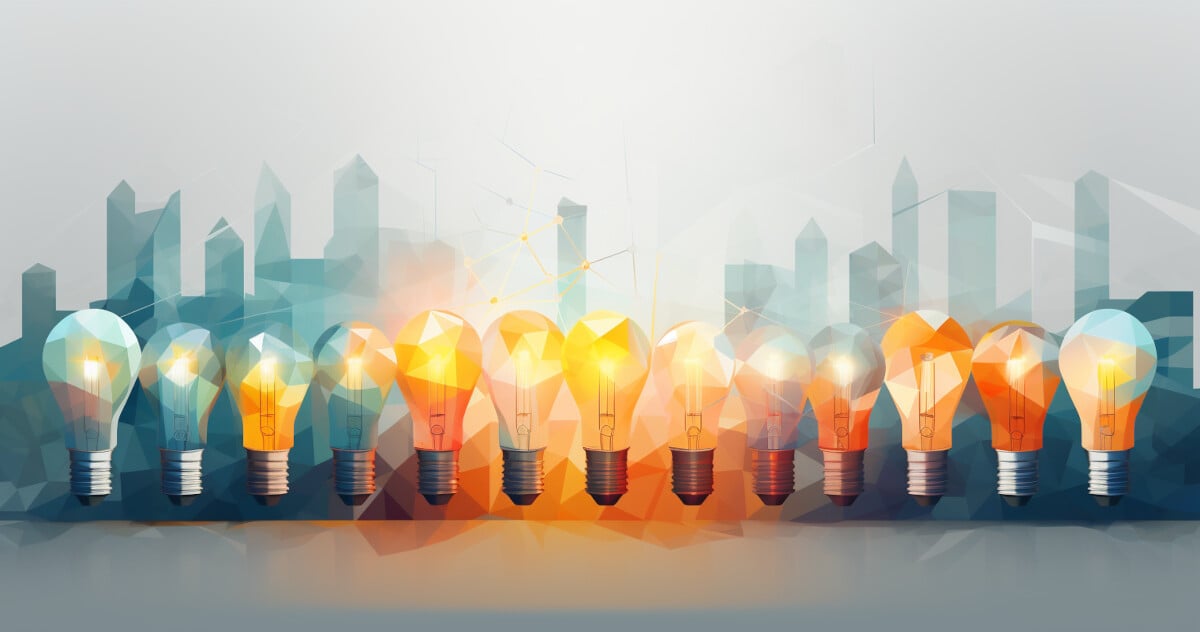What If the Same Would Hold True for Data?
95% of data is never used beyond primary use. It is created in a blink of an eye, written to some hard disk, and sits there idly, never to be touched again. For public information, we use search engines such as Google to find the information. For business information, we need to open countless files across any number of systems and applications to find the document that we know is there… somewhere. Small wonder that most data is never used beyond its primary use. The fact is, it’s simply too complicated and too time-consuming to get to that information. In a world driven by ubiquitous data, this needs to change.
What If Relevant Data Would Find us?
Say, you want to know more about a client relationship. What about instead of combing through piles of often unorganized and unstructured data, the relevant insights come to you, right on time, automatically? You’d no longer be one step behind your customer’s experience. Instead, you’d be developing this customer relationship right alongside your client, in real-time.
For this future to be the new norm, we need to map a new course for information: Content, Relevance, Timing and Destination together form Insights; computational tokens, so to say. These tokens need to be enabled to find their way to the best possible destination – automatically. They need to become self-aware of the context they operate in, finding their way around the informational universe they populate in a self-propelled manner. On the way, they might collate with other tokens to form new types of Insights.
These insights need to be highly relevant to an end-user, which might be a human operator or a machine driven by software requiring this input to make its next smart move. These Insights tokens will become tradable opening up data silos much like playlists opened up the world to more music than ever before compared to the data silo known as the CD. This system will be an intelligent, self-aware software layer that will power any company in a not-so-distant future.
PS: These ideas drive the development of Squirro, and it’s likely the key reason why Gartner named us a Visionary in the recently released Magic Quadrant for Insights Engines beating such heavy-weights like Coveo, Microsoft, Google, Sinequa, etc.







